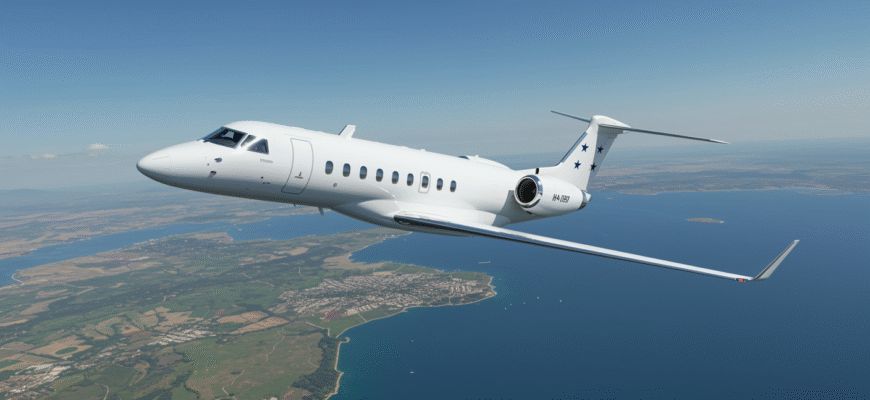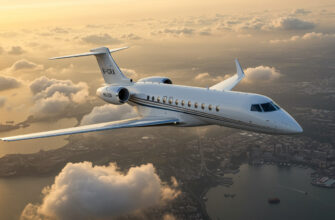Forget influencer travel diaries and champagne facades—chartering a private jet to or from Honduras is a lot less red carpet and a lot more behind-the-scenes hustle. This isn’t for people who just want to snap an aesthetic wing shot and slap on a #privatejetlife. It’s for those who actually need the autonomy, speed, and discretion you can’t buy in business class. Whether you’re headed to a low-key luxury off-grid resort or need to pull off a quiet arrival for family, business, or something a little more… sensitive, here’s what flying private into Honduras actually looks like.
The Unvarnished Truth About Chartering A Private Jet To Honduras
Private jet charter in Honduras doesn’t come wrapped in velvet. There’s no paparazzi, no Insta-gloss finish—it’s logistics, risk management, and a few flying bricks of cash.
Think you’re boarding in style? You might be landing in Tegucigalpa, where your pilot’s dodging mountains and crosswinds with military precision. Or maybe your destination is so remote, the airport’s a dirt strip with no lights, surrounded by jungle. And that’s the appeal—Honduras offers something raw.
Common charter stops include:
- Tegucigalpa (TGU): Wild urban sprawl, chaotic skies, and one of the world’s most treacherous commercial airport approaches.
- Roatán (RTB): Paradise cloaked in anonymity. Think private villas, remote reefs, and high-net-worth travelers dodging publicity.
- Guanaja & Puerto Lempira: Edges of nowhere. You don’t stumble into these places—you disappear into them. Perfect for high-discretion landings.
Knowing The Real Cost: What You’ll Actually Pay
If you’re expecting a clean price tag, you’re already misunderstood the deal. Private charter rates vary wildly based on aircraft type, routing, and extras. A turbo prop for a quick Bay Islands hop could run $2,000 per hour. Go bigger—like a Gulfstream—and the price climbs fast: $10,000 to $17,000+ per hour. This isn’t UberBlack, and there’s nothing flat-rate about it.
Here’s a breakdown to make sense of the chaos:
| Type of Jet | Price Range (Hourly) | Example Use |
|---|---|---|
| Turboprop | $2,000 – $5,000 | Island hops between Roatán, Utila, Guanaja |
| Midsize Jet | $6,000 – $8,000 | Business flights in/out of San Pedro Sula or Tegucigalpa |
| Heavy/Gulfstream | $10,000 – $17,000+ | Transatlantic flights or high-privacy travel |
Route vs. hourly? Expect both. A short direct route might get quoted as a flat rate, especially to common spots like Toncontín or Roatán. Longer or less predictable trips? You’ll see hourly billing. And don’t forget the fine print—things like:
- Repositioning costs: Moving the jet to your pickup point.
- Crew overnights: You’re paying for their hotel too.
- Permit fees: Landing, take-off, international permissions. It stacks up fast.
Then there’s the unspoken economy: when papers slow down, cash moves faster. Some charters still function on face-to-face trust, thick envelopes, and quiet agreements. Want your name nowhere on the manifest? You’re not asking for it to be cheap; you’re asking for it to be invisible. That discretion comes at a premium.
Decoding Honduran Jet Logistics: Approvals, Permissions, And Bribes
Private aviation in Honduras runs on two tracks—the official one, and the one that actually works. While the country has control over its airspace, real oversight varies wildly from airport to airport.
You’ll need permits, clearances, and documentation, no matter what kind of jet you’re flying. But how painful that process looks depends entirely on who’s handling your arrival. Bureaucracy is slow. Grease speeds things up.
Here’s what insiders know:
- Airspace control is decent on paper. In practice, it’s flexible—especially for domestic hops and small airstrips.
- Permits take time—unless someone makes a call. Handlers can get you turnaround in hours instead of days, but they don’t do it for free.
You’ll hear stories from pilots who swear by their local ground crews—because a slick fix can mean the difference between a smooth landing and a logistical nightmare. A trusted handler will keep immigration papers stamped, customs agents off your back, and “lost documents” from ever becoming a problem.
There’s also a list of hush-hush services:
- Clearing customs in minutes, no questions asked
- Landing somewhere that technically “doesn’t receive traffic”
- Making fuel-ups happen after hours using backdoor contacts
None of this shows up on official forms. Sometimes the guy waving you onto the tarmac earns more in hush fees than the captain does on the flight. It’s not standard—but it’s not uncommon either. Fly smart, fly quiet, and never fly blind.
Dangerous Skies: What It’s Like to Actually Land in Tegucigalpa
If you’re sketchy about flying, Tegucigalpa will straight-up test your limits. Some call it a thrill ride. Others just don’t fly in. Toncontín International Airport (TGU) has earned its rep as one of the most dangerous commercial airports in the world—not some overblown myth, but because of the way it forces pilots into a hairpin approach through steep mountains, low visibility, and unpredictable crosswinds.
Private pilots flying into Toncontín don’t sugarcoat it. Some say it’s the only strip they mentally rehearse weeks in advance. The tight valley, sudden wind shears, and rapid altitude changes force even seasoned captains to stay hyper-alert. It’s not just a “skills” thing—it’s survival mode every time. Several avoid night landings altogether, opting for emergency alternates like San Pedro Sula or La Ceiba when skies get dicey or light disappears.
- Manual gear extension mid-flight? Yes, it’s happened. In a 2022 landing, a Gulfstream crew had to crank the landing gear by hand after system failure, mid-descent into that tight canyon drop. No autopilot saves you there.
Toncontín’s approach isn’t forgiving. It’s violent, beautiful, and full of risk—exactly the kind of wild card move that separates amateur charters from the real pros. And if you’re flying private, double check your operator knows what they’re doing there. This isn’t a place for flashy novices.
The Secret Ecosystem: Handlers, Middlemen, and Rogue Operators
Behind the curtain of glittery jet travel in Honduras lives an entire shadow network—pilots no one talks about, hangars never listed, flights that vanish from maps mid-air. It’s not science fiction. It’s just how things run down here.
The fixers are your golden ticket. Don’t look for an app. You get introduced, then vetted. These are usually ex-military or long-time locals who can clear ground control faster than customs blinks. A quick text gets your bags offloaded and your ride idling on the runway.
But the line between what’s elite and what’s shady? Pretty razor-thin. One day you’re sipping imported mezcal on a Bombardier. Next day, your aircraft’s being serviced in a half-lit hangar behind a banana plantation with someone’s cousin who once worked for the Air Force.
- “Privacy” here isn’t about tinted windows. It means no records, no questions, and burner phones for operators. You’re off-grid before you ever left the tarmac.
Black-market hangars thrive in La Ceiba and Roatán, quietly servicing jets wrapped in whisper deals. Many pilots run double-duty: high-end charters when the cash is legit, undocumented transport gigs when it’s not. Think private flights to remote islands… with zero-to-limited paperwork and full-blown radio silence.
You won’t find this setup on JetSuite or XO. These guys operate by relationships, not ratings. They don’t play with TripAdvisor stars—just loyalty, cash, and keeping mouths shut.
Disappearing Into the Bay Islands: Where Luxury Meets Secrets
Ask anyone who’s been to the Bay Islands, and they’ll tell you—this is where the real escape happens. Roatán, Utila, and Guanaja aren’t just paradise. They’re where people go when they don’t want to be found.
Roatán has the paved runway, commercial flights, and high-end resorts. But Utila and Guanaja? That’s where the secrecy starts. Grass strips just long enough for a piloted Cessna or light jet. No filings, no logs, sometimes not even tower communication. Great for slipping away. Terrible for attention.
Helipads tucked into cliffs. Oceanfront airfields owned by retreat-style resorts. You never know who’s flying in—celebrities, politicians, crypto bros, or couples hiding from the world. All quiet, all private.
- Under-the-radar flight plans? Absolutely. One operator said he routinely logs flights under decoy destinations, then reroutes mid-air. It’s not legal everywhere, but it’s common enough here to raise eyebrows without triggering alarms.
If you want to feel like you’ve truly disappeared, this is the place. Just remember—if something goes wrong, you’re hours from help. But most folks chartering here aren’t thinking about that. They’re thinking of isolation, total control, and maybe never coming back.









